What is the tolerance range of precision screws?
What is the tolerance range of precision screws?
Service Hotline
+86760-8787 8587We have more than ten years of experience in screw industry production, the main products are: wide spring washer, plastic screw nut, 8-grade black hexagonal thin nut, blue and white zinc pressure riveting parts pressure riveting round nut, self-tightening nut, pressure plate Nuts, Plastic Cap Nuts, Torx Screws, Riveting/Step Nuts, DIN434, Lifting Ring Screws, 304 Fasteners Stainless Steel Countersunk Head Hexagon Socket Head Screws, Blind Hole Rivet Nuts, Hexagon Flange Bolts, Single Head Hexagon Iron Post Other fasteners, due to the different materials and specifications of the products, the prices are also different, please contact us if necessary.


In some embodiments, the rivet fixing mechanism includes a left moving block, a right moving block, a return spring and a bracket, wherein both the left moving block and the right moving block are movably mounted on the bracket, and the left moving block and the right moving block are connected by a return spring, The insertion mouth can extend between the left moving block and the right moving block, and withstand the left moving block and the right moving block. The left moving block is provided with a left half hole, and the right moving block is provided with a right half hole matching the left half hole. hole. Therefore, when the insertion nozzle is not inserted, the left moving block and the right moving block can be combined together by the return spring, so that the left half hole and the right half hole are combined into one hole to fix and position the rivet, and when the insertion nozzle is inserted When , the left moving block and the right moving block will be pushed up by the insertion mouth to separate the left half hole and the right half hole, so that the rivet is no longer fixed and can be inserted with the movement of the insertion mouth.
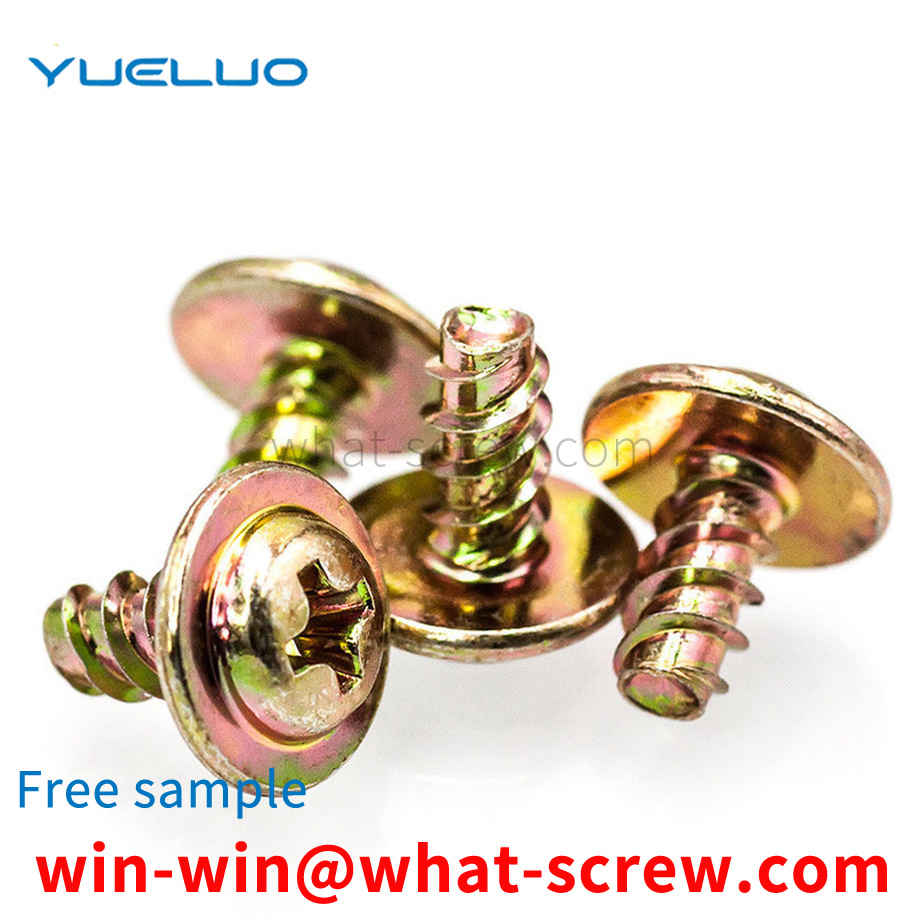
The screw and nut disassembly and assembly tool of Yueluo also includes a rotating rod, a sleeve and a fixed rod fixedly connected to the sleeve rod at one end, and the other end of the fixed rod is connected with one end of the rotating rod to make the rotation The rod can be rotated around the connection point, and the sleeve for accommodating nuts or screws is fixedly connected with the other end of the rotating rod; rotating the rotating rod makes the sleeve head and the opening of the sleeve opposite , by keeping the nut or screw in the sleeve fixed while the corresponding screw or nut in the sleeve head rotates, so as to achieve simultaneous force and disassembly of the screw and the nut.
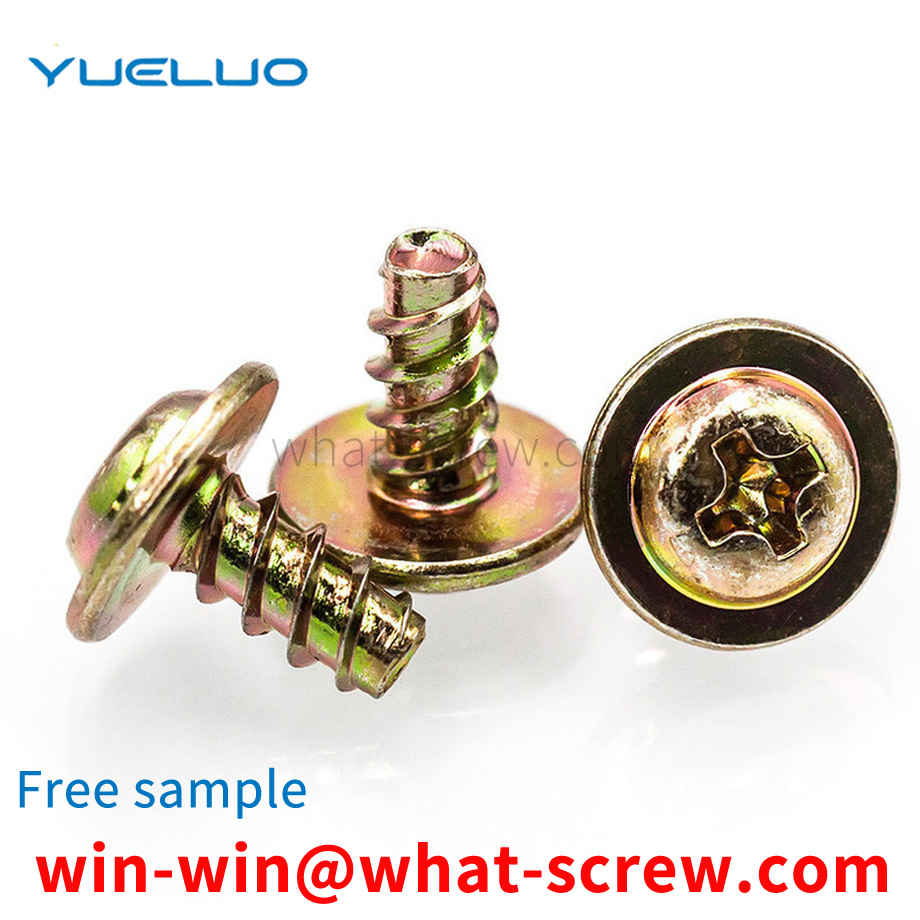
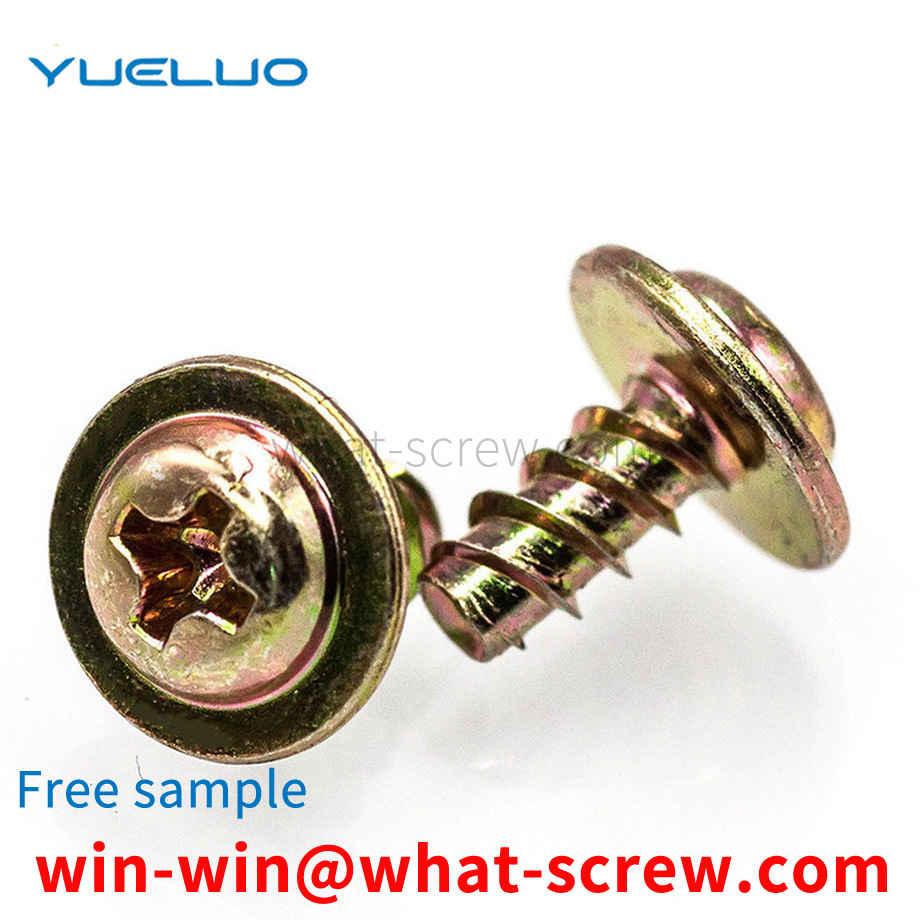
The types of rivets can be roughly divided into open type, closed type, double drum type and single drum type series. The following is a brief description of their respective models. Countersunk head blind rivets: For the riveting of riveting parts that require smooth and beautiful surfaces after riveting. Double-drum blind rivet: During riveting, the mandrel pulls the end of the rivet body into a double-drum shape, clamps the two structural parts to be riveted, and can reduce the pressure acting on the surface of the structural parts. Uses: Mainly used for riveting various thin structural parts in various vehicles, ships, construction, machinery, electronics and other industries. Blind rivet with large brim: Compared with ordinary blind rivets, the diameter of the aluminum cap of this rivet is significantly larger. When the rivet is riveted with the connector, it has a larger contact area and a stronger supporting surface, which can enhance the torque Strength, can withstand higher radial tension. Applicable industry: It is suitable for fastening soft and fragile surface materials and extra-large holes. The increased diameter of the brim has special protection applications for soft materials. Closed Blind Rivet: Designed to wrap around the mandrel head after riveting, ideal for many applications where waterproofing is required. With high shear force, anti-vibration, anti-high pressure.
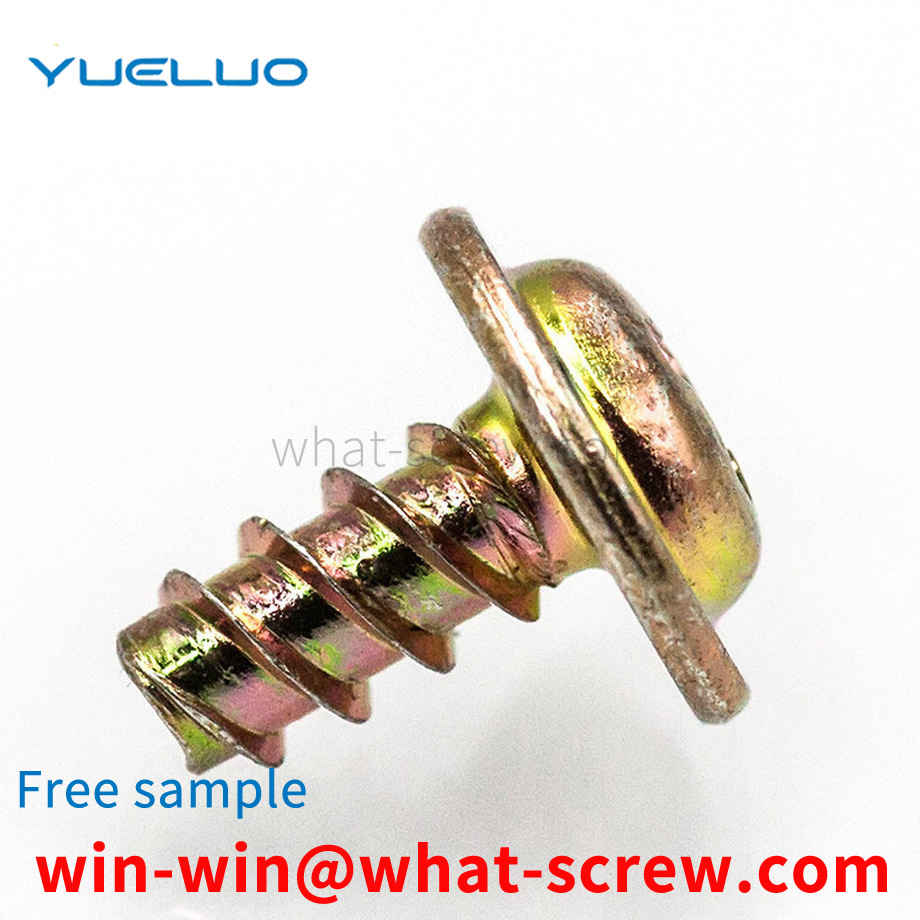
The upper part of the T-bolt is a screw rod, and the bottom end is a T-shaped head. It is equipped with a sleeve with an anchoring plate. The fastening equipment is installed by the anchoring force between the T-shaped head and the anchoring plate. The appearance of the equipment after installation is shown in Figure 1, in which the figure composed of black lines is a component composed of T-bolts and integral sleeves. When constructing civil foundations, the sleeves should be pre-buried first, and the T-bolts will not be used until the equipment is installed. Anchor into the sleeve.
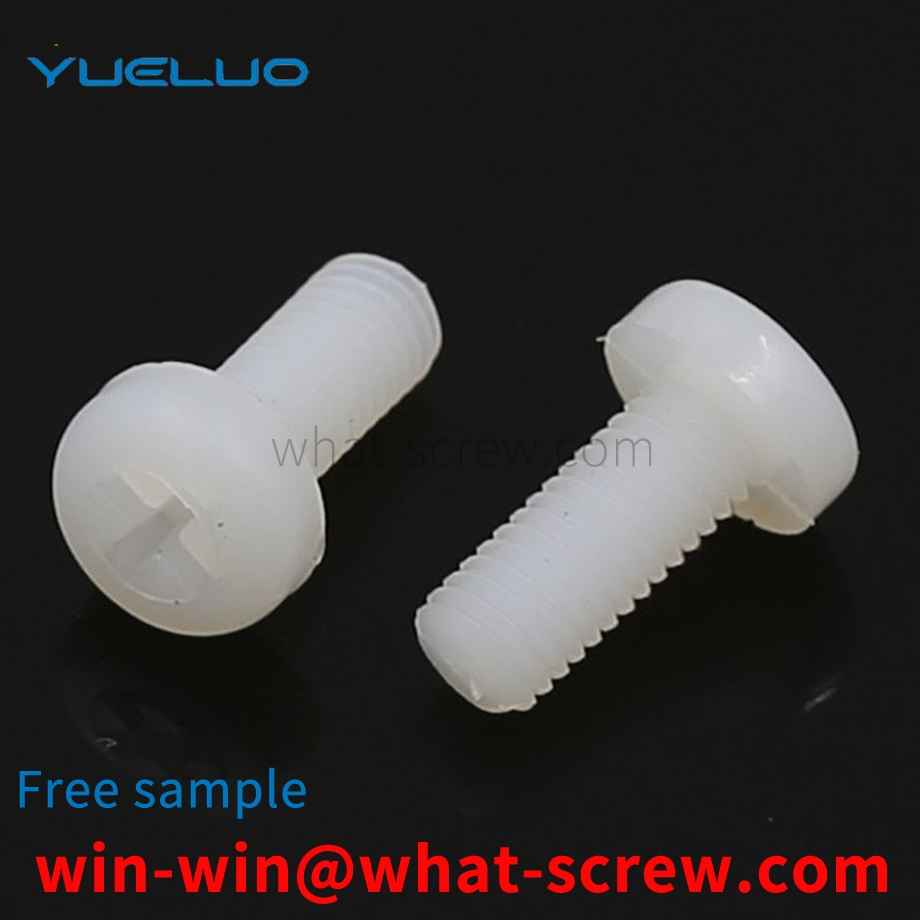
The above content is uploaded by Yueluo or the Internet. If there is any copyright issue, please contact [email protected].

What is the tolerance range of precision screws?

How to choose the right stainless steel screw manufacturer?

Why is there an R angle under the head of the hexagon head s...

We have more than ten years of production experience in the ...

We have more than ten years of experience in the production ...

We have more than ten years of experience in the production ...

We have more than ten years of experience in screw industry ...